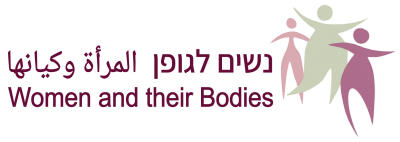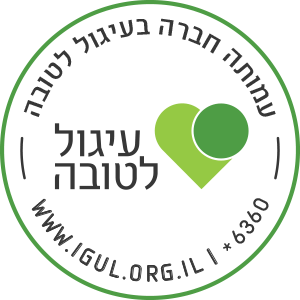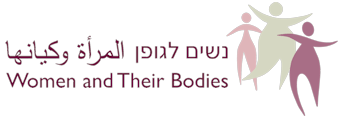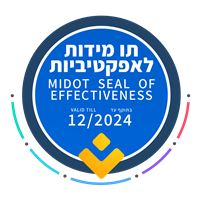In this chapter we discuss healthy and unhealthy breasts. We examine the shape of breasts, their development during adolescence and the changes which take place during menstruation and pregnancy, the various symptoms which can appear and their meanings, such as benign breast conditions and breast cancer. The chapter aims to allow us to understand the various symptoms and types of breast cancer, the risks including genetics as a diagnostic and preventative tool.
The chapter discusses the various ways of diagnosing cancer, whether by self examination, medical tests or other methods. If breast cancer is found, we explain how to choose the medical team to treat you as well as sorting through the many possible treatments available nowadays. We also deal with the physical and mental aspects of the illness and its effect on us and the people around us. Finally, we discuss life after cancer: fertility treatments, pregnancy, cosmetic reconstructions, menopause and more.
The chapter examines our body and focuses on medical conditions unique to women and medical issues related to these conditions. It aims to widen our knowledge and understanding of our sexual and reproductive organs. The chapter opens with how to perform self-examinations and how to identify changes in our normal condition. It describes signs of common problems in the vaginal area and when we should go for medical checks.
The chapter deals with gynecological checkups and whether only doctors can see what’s between our legs, and what we should expect during these checkups? What kinds of tests exist? The chapter examines in details common infections, amongst them irregular uterine bleeding, uterine and vaginal infections and pre-cancerous changes in the cervix. It talks about some benign conditions, such as melanoma and cystic fibrosis, but also about cancerous growth inside the vulva and the vagina, the cervix, the uterus and the ovaries. The chapter describes ways of diagnosing the problems and the many medical treatments and surgeries available, so that we can be informed participants and make informed choices.






